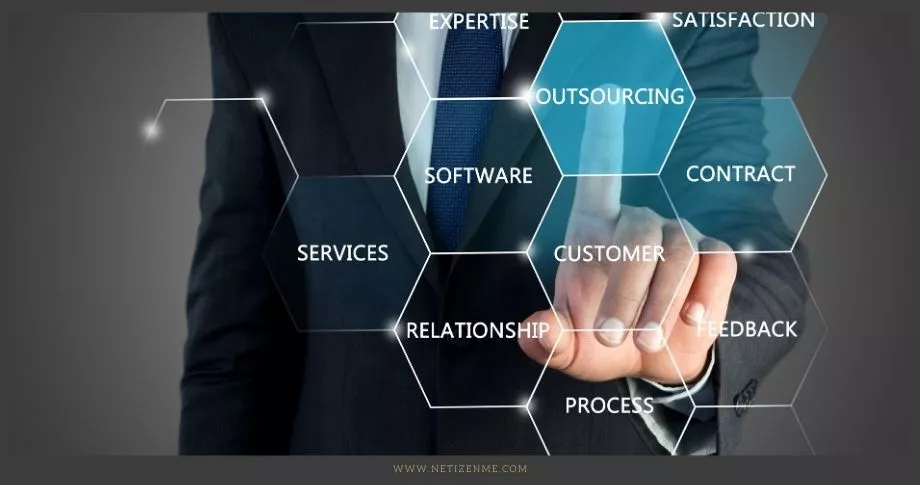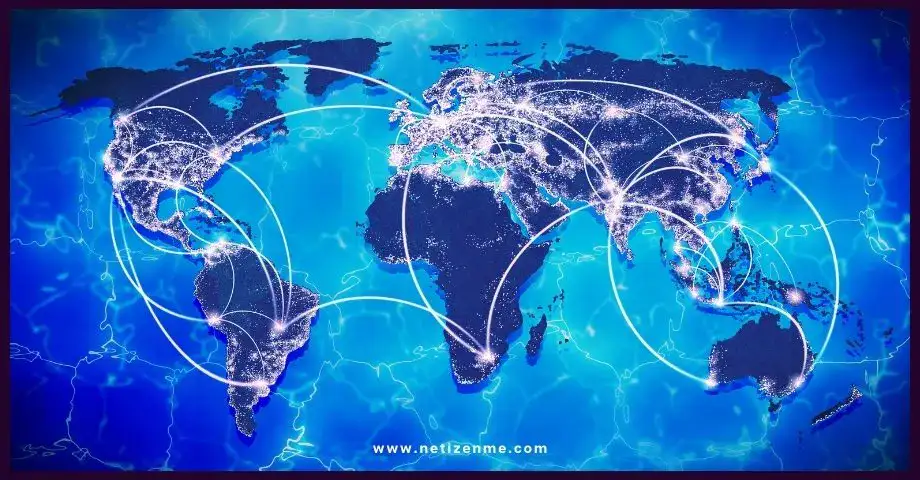In this article we will discuss how does outsourcing differ from offshoring and also how can just-in-time and vendor-managed inventories add value to products for customers.
“Outsourcing and offshoring are two effective business strategies employed by many internationally renowned companies” (Jackowski, 2020).
Outsourcing and Offshoring
Outsourcing arises when an organization has a higher growth rate than it can support with its internal staff or projects that only occur for a short time. It is widely adopted to achieve greater organizational effectiveness, efficiency, flexibility, and reduced overheads. It helps to complete multiple jobs faster, reducing costs while receiving high-quality services and running profitable operations more effectively within the organization.
Offshoring is when a company sends in-house operations in another country. This can be extremely beneficial for companies and ultimately improve both countries’ economies.
Offshoring options provide a much larger talent pool for getting things done and better labor and material availability, while offshoring most times offers a cost-saving advantage by getting work done in different countries. While outsourcing relies on the outside vendor to complete tasks, offshore relies only on those within the same company.
How can just-in-time and vendor-managed inventories add value to products for customers?
JIT (just-in-time) inventory system
JIT inventory system reduces wastage, improves efficiency and productivity, and contributes to smoother production flows. It allows you to set up a schedule with your supplier to ensure that you receive goods only when they are needed. Reasons for considering this system includes:
- Elimination of storage costs: By synchronizing the customers’ demand and the material purchase from the suppliers, the storage costs can be reduced to a minimum. Reduction in the need for storage space saves on rent, insurance costs, and other inventory carrying costs.
- Reduction of waste: Since you only have the inventory needed at that time, there is a decrease in the amount of wastage from spoilage, obsolescence (the high rate of inventory turnover keeps items from becoming obsolete), and breakages.
- Reliable vendors: For the JIT system to work, a company needs to build strategic partnerships with their supplies. These partnerships ensure that the firm only works with suppliers who share a common goal and deliver high-quality goods on time.
Vendor-managed inventory systems
Vendor-managed inventory systems are those where the supplier is responsible for maintaining and optimizing the customer’s inventory levels, usually at the customer’s desired location. Reasons to consider the vendor managed inventory systems include:
- Low inventory levels lead to low carrying costs. With a fewer orders, no more expensive “rush” orders, and you won’t have to worry about returning overstocks..
- Since the supply manages the resupply lead times, the customer doesn’t need to keep any safety stock leading to a reduction in inventory carrying costs.
- Reduction in Purchasing-related administration costs because the vendor receives data and not purchase orders, it saves time on calculating and producing purchase orders.
What place does reverse logistics have in a company’s supply chain?
Reverse logistics is the process of moving goods from the point of consumption to the point of origin to recapture value or for proper disposal.
By reducing the product return, repair, and replacement times, businesses can also reduce their inventory requirements, reducing the capital tied up in inventory. By planning for returns and making the return order right, one can reduce related costs, including administration, shipping, transportation, tech support, QA, etc.
Repairing or replacing products generate higher customer retention rates and boosting customer satisfaction. An optimized reverse logistics process can help restore a customer’s faith in a brand.
With excellent reverse logistics in place, a business can quickly recover the loss of investment in your failed product by fixing and restocking the unit, scrapping it for parts, or repurposing it in a secondary market. A product that would otherwise have resulted in a loss can be turned into an unforeseen asset.
All around the world, companies are continuing to implement newer and better solutions to lower their carbon footprint and improve their eco-friendliness. Reverse logistics helps companies identify and implement various ways to reuse, resell or recycle products and materials that would have ended up in the landfill.
Reverse logistics is vital because it improves the supply chain’s overall efficiency, enhances customer satisfaction and increases productivity and profitability.
This article is written by:
Our professional writers and editors are passionate about sharing high-quality information and insights with our audience. We conduct diligent research, maintain fact-checking protocols, and prioritize accuracy and integrity to the best of our capacity.
You can cite our articles under the author name "Netizenme"


